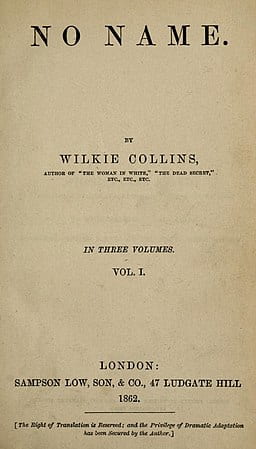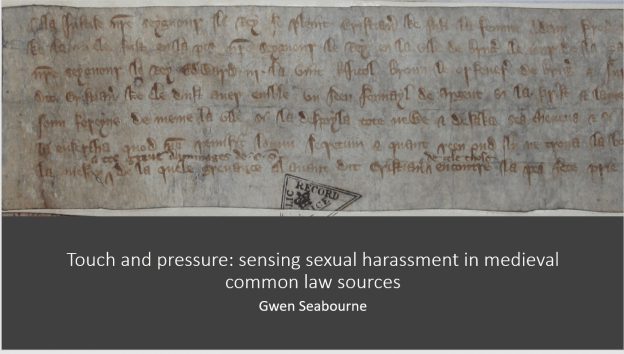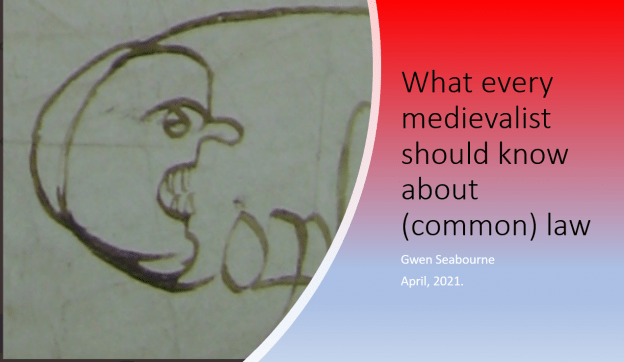A little reading this morning on law and metaphor, as I think about the paper I need to write for the SLS conference in September,[ii] which is going to look at bastardy, legitimacy and law/legal methods (a bit more on it here). Not surprisingly, others – lawyers and legal academics – have considered the issue of metaphorical talk in law, though, luckily, not the precise issue I mean to discuss.
Metaphor is an important theme for those of us interested in the history of women and law – especially in relation to coverture, so it is something which has been on my mind quite a bit in recent years. The bastardy angle is slightly different though – I want to think a little more expansively about the links between some of the problematic metaphors and expressions used in relation to bastardy and legitimacy (especially the ‘born within the four seas’ tag, in relation to adulterine bastardy, but others too) and the process of ‘legitimate’ legal development, considering metaphors of (male POV) reproduction (and its impossibility), ‘father figures’ in law and legal history.[iii] In 20 minutes. Will it work, or will I end up getting too far into areas (language, jurisprudence) of which I know very little? We shall see.
My general reading so far has highlighted the sheer number of doctrinal tests which ‘get metaphorical’ – in all areas, but perhaps especially on the ‘civil’ side). Writings highlight their utility or problems, but there is probably quite a lot to say about their use as display within the legal profession and to/by its academic associates.
One thing I have noticed in my reading up to now is the difficulty people seem to find in writing about legal metaphor without using metaphors in that discussion itself. For example, this one at 257 states that ‘[l]egal discourse is pregnant with metaphor., ’[iv] this one (at p. 8) discusses metaphors ‘taking root’ in legal and other language, while this one, is generally wary of legal metaphors, but can’t resist (at 19) referring to a ‘seminal judgment’. That last one is a term I dislike – I know that semen-seminal could be interpreted generally, as ‘seed’/seedy (OK, I know, ‘seed-related’), but let’s be honest, sunflower seeds are not the first sort of seed that comes into anyone’s head in relation to those words. (And quite apart from the gendered sperminess of it, it has a rather uncritical aspect to it, justifying the process of legal development as somehow inevitable).[v] I certainly need to do some more thinking about how the apparently morally-neutral biological idea of the ‘seminal’ judgment relates to the morally-inflected legitimate procreation metaphors seen in some other places.
(And a final random thought – what would we call an ‘Ockham’s Razor’ for metaphors?).
GS
7/6/2021
[i] (I know – tabloidy title: never claimed to be classy …)
[ii] (seems a long way off but I already know I am going to have a large batch of marking in August, and, well, a break after the current lot might be quite nice/necessary if I am not going to collapse)
[iii] Thinking about this now, the main rivals to the fatherhood metaphor for legitimate legal development are probably that of botanical growth, that of rivers and that of orthodoxy/heresy. Also n.b. the absolute ‘metaphor bingo line’ would be refs to fatherhood + ‘seminal’ + legitimacy.
[iv] Ah – takes me back to the ‘negative pregnant’ in medieval pleading …
[v] Maybe it’s compound metaphor as well, since presumably semen came to be used for … well … semen … before the motility of sperm was observed (otherwise, clearly, the people who choose words would have gone with something a bit more tadpoley). I can see I have work to do …
Photo by Erik van Anholt on Unsplash









